3 Media Literacy Ideas to Promote More Reading
A MiddleWeb Blog
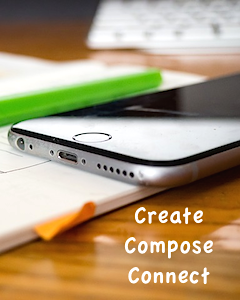
I still find nothing more satisfying than grabbing my book and actually turning the pages. But I’m not dead set against reading from a screen. There are many times I read a book on my phone or tablet because it’s convenient while traveling or while waiting in the doctor’s office.
And like it or not, today’s middle school students spend lots more time reading on their devices than with a paper book, magazine or newspaper in hand. Most have never known a time when there were no smartphones, tablets, laptops or cloud-based chromebooks.
That said, just because our students are native digital readers, they aren’t necessarily logged into their Kindle accounts. They are more likely watching YouTube videos, texting friends, or checking their Snapchat. Even with a world of books at their fingertips (literally) many kids are not regular readers of fiction or long-form informational texts.
After my last blog post about various ways to reach middle school readers, I started to think more deeply about how we teach students to read today.
Before I dive into this post, my quick disclaimer: I am not trying to stir up reading instruction controversy. I am merely asking educators to think about instructional practices that can help us meet our students where they are today while trying to incorporate more media literacy instruction in our lessons.
How Our Students Read
Giving students time to read independently, whether on a tablet or in a physical book, is an easy enough assignment. But at the middle school level, it often feels like something is missing.
Yes, there is always going to be a need for those wonderful early elementary educators who open the world up for young students as they are learning to read (and to love reading). The more challenging task is to keep students engaged with reading through high school and beyond. It is definitely not an easy task and takes a strong work ethic on the part of both teachers and students.
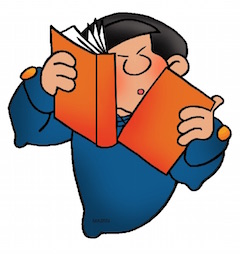
Obviously we are at a time in education where teachers are using more supplementary materials as school districts are increasingly less willing to spend large sums on paper anthologies and other textbooks. Even so, with so many possible internet resources available, it can be just as expensive (in terms of professional time spent) for us to sift through all the content and come up with equivalent texts.
These challenges have pushed me – as a middle school English Language Arts teacher – to change my approach to reading instruction by incorporating the use of more curated media literacy materials in my classroom.
NAMLE, the National Association for Media Literacy Education, has this definition of Media Literacy:
“The ability to ACCESS, ANALYZE, EVALUATE, CREATE, and ACT using all forms of communication. In its simplest terms, media literacy builds upon the foundation of traditional literacy and offers new forms of reading and writing. Media literacy empowers people to be critical thinkers and makers, effective communicators and active citizens.” (Source)
Three Media Literacy Strategies
Article of the Week
As an English teacher I am constantly thinking about ways to reach students and make sure I am including media literacy in my reading lessons. Not only is media literacy a part of most state standards, we can see for ourselves as we watch the everyday goings on in American society and the world, that our students really NEED to become more media literate.
One example of a media literacy lesson that I have been doing for many years is article of the week. It’s an adaptation inspired by author and high school teacher Kelly Gallagher’s article of week.
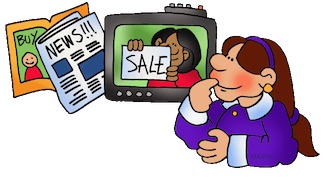
From there, I introduce my students to Newsela and TweenTribune. For me these are two of the greatest news resources for middle school-aged students. Both allow the teacher to choose Lexile reading when assigning articles, and both use articles from reliable sources – all of which make my job easier as a teacher.
Newsela does have a cost if you want to track your students’ progress. However, TweenTribune (a service of the Smithsonian) is free – you can even set up classes and assign articles in English or Spanish at no cost. With Newsela, running off copies can potentially be a pain, but they don’t charge for the basic articles and there are many news sources to choose from (see this recent example). TweenTribune relies on articles distributed by the Associated Press.
With TweenTribune, my students are assigned an article and read the article online. Then I have them comment on the article and respond to one other student’s comment. In some cases there is a short quiz, and I will have students take it to check for their understanding (not for a grade). All of this is tracked for the teacher when you sign up. It has proven to be a great tool for me, and I have had some very engaging conversations with my students.
Graph of the Week
Another innovative way I approach reading with my middle schoolers provides an alternative to reading paragraph after paragraph of informational text. (Sometimes that’s a good option to have.) Each week we check out the What’s Going On in This Graph feature at the New York Times Learning Network. Many of the graphs are interactive, and they cover a wide range of subjects.
What I love about this activity are the prompts that accompany each image. They can really help drive our discussions. Furthermore, they use a variety of graphs, from maps, to bar graphs, to scatter plots. It is a great way to have students study, read, and interpret different types of graphs and charts – another important aspect of media literacy.
Here’s an example – a recent animated map showing average “first leaf” sightings across the USA. It asks great questions such as, what do you notice and what do you wonder? In this instance, students might wonder how lifestyles are different in Florida and South Texas, where trees begin budding in January, and in Maine and the western Rockies, where the first leafing might be in May.
I do this once a week with my students, and sometimes it can spill into two days. Often it is a class discussion with some writing prompts in their writer’s notebooks.These are the types of things students are going to see daily on their digital devices, and by taking the time to discuss the stories that graphs are telling or by breaking down new vocabulary, we can push them in a positive manner to check out items like these on their own.
One of the most rewarding events for me is when a student will come in the day after we check out a graph and show me another graph they found while they were cruising the internet on their own. It is definitely worth the time to have those students show me what they found and have a conversation.
Teachers can also check out Turner’s Graph of the Week, especially math teachers. Science teachers can use Bits of Science. Whether it is infographics, graphs, tables, or charts, students need to be exposed to these types of media literacies because it can improve their general knowledge and lead them to more informational reading.
Video of the Week
One other strategy that can be rewarding for teachers when it comes to reading instruction and media literacy is taking time to do a video of the week. For this activity the video does not have to be any longer than 5 minutes.
I like to use ClassHook, a site that collects video clips for educational use. Teachers could easily access YouTube, but with ClassHook it is easy to look for grade level, video length, and standards, and you can even eliminate videos with profanity. I love how I can search for a particular topic such as vocabulary or theme. (ClassHook has a free basic plan that might be all you need. There’s also a premium plan for $40 a year. You can try it for free for 30 days without a credit card.)
Using videos is beneficial in reading instruction because:
- Video can reinforce a lesson or idea
- It can help students better understand complex topics
- It’s another way to expose students to media literacy
- It can help aid visual learners to better understand a topic
- It meets students where they are today
My favorite video to show students every year is a clip from The Three Amigos where there is a discussion of the word plethora. I use it to expose students to the importance of vocabulary. ClassHook even has discussion videos you can use with some clips to prompt student thinking.
No matter how a teacher may implement it into a lesson, using a video of the week can bring more engagement into the classroom.
 Final Thoughts: Meet them where they are
Final Thoughts: Meet them where they are
Students today are immersed in their phones and devices. Although educators have a “plethora” of items on the plate, we really must meet digital-age students where they are and teach them meaningful and responsible ways to use these powerful (and yes, often distracting) devices.
Furthermore, a majority of each student’s reading life today takes place online or in front of a screen. By exposing them to more media literacy, we are addressing standards, taking advantage of their core interests, and helping assure they read worthwhile texts on a day-to-day basis.
At the same time, we can celebrate classroom and school libraries – and physical books and magazines – and the unique pleasures they can provide. As long as we have paper books, we’ll have those kids who prefer them, like I do.

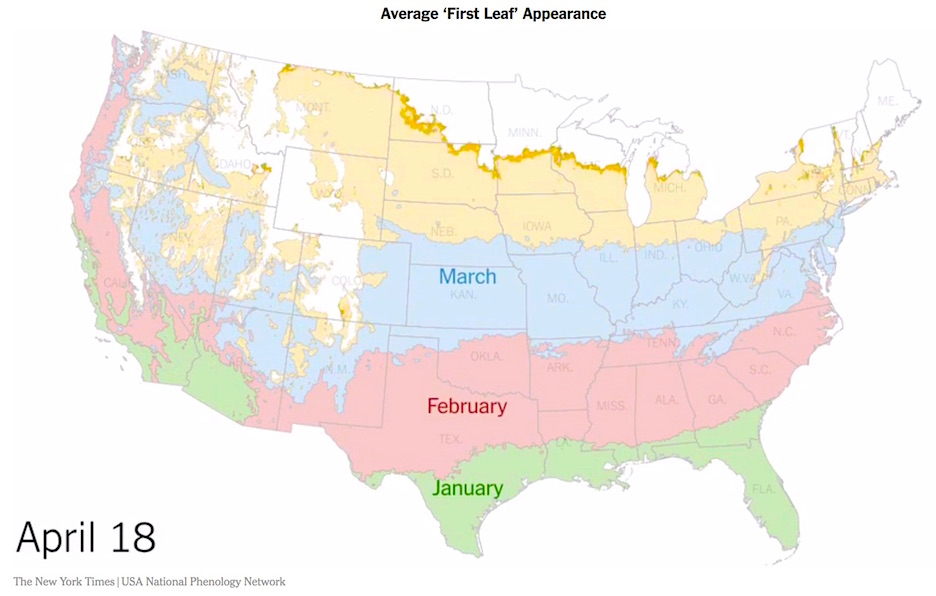
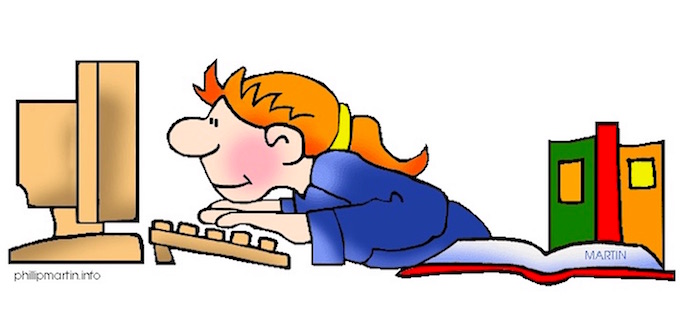

































Great advice and resources. I also like “What’s Going On In This Picture?” the weekly New York Times Learning Network feature that is designed to increase students’ visual literacy skills. https://www.nytimes.com/column/learning-whats-going-on-in-this-picture
Thanks Frank for your kind words. I hope you found the column useful and informative. Thanks for reading and sharing